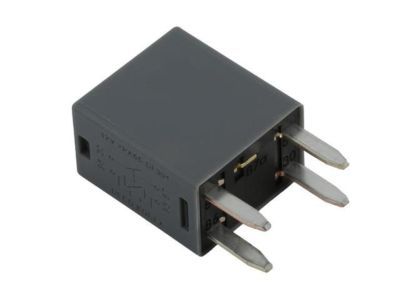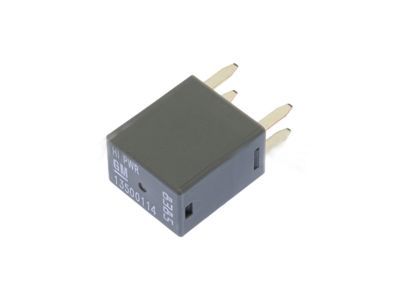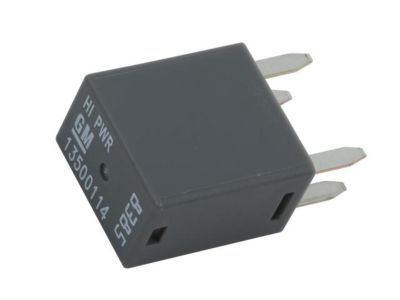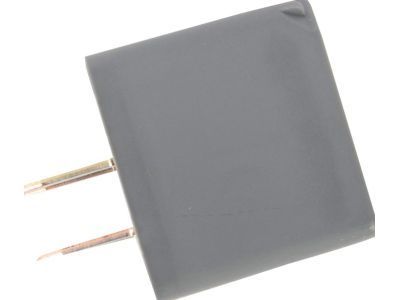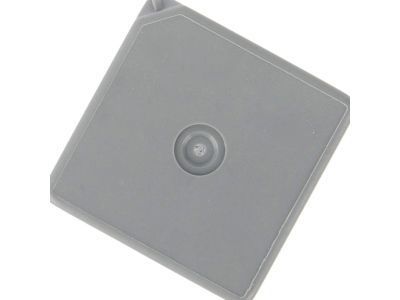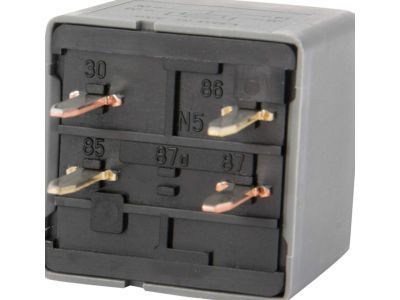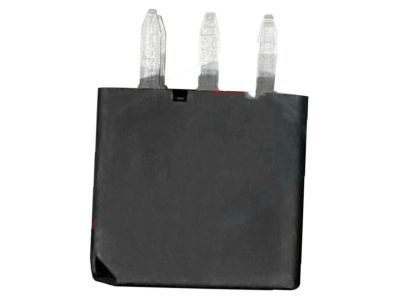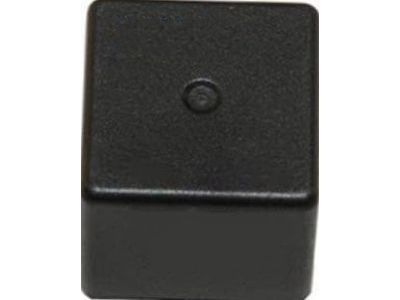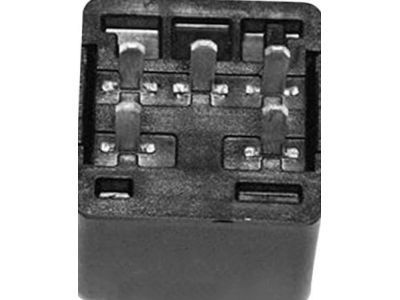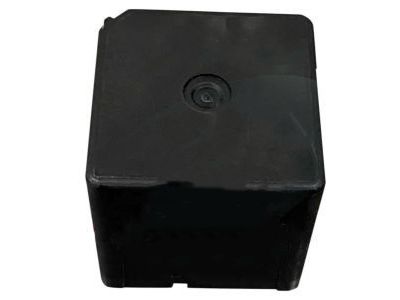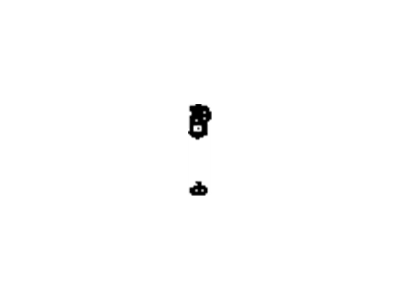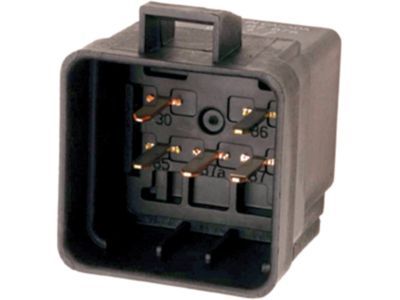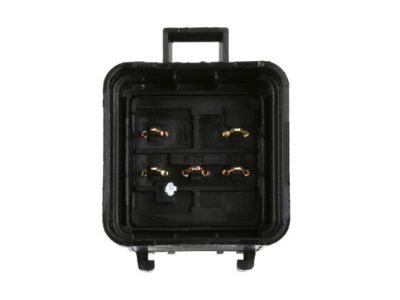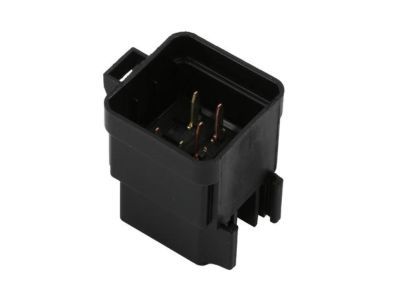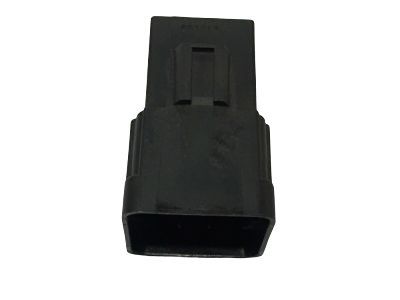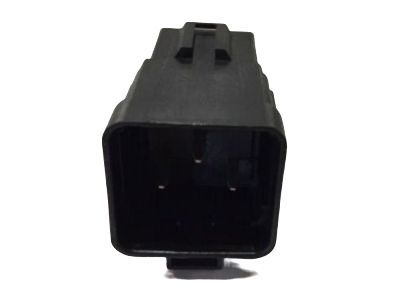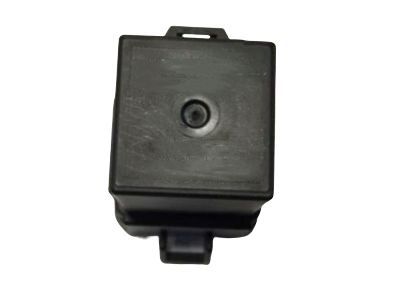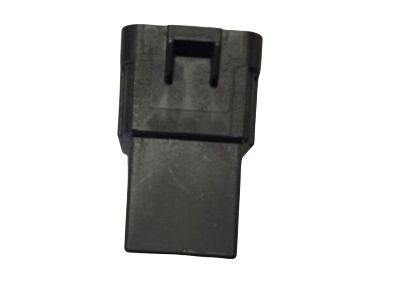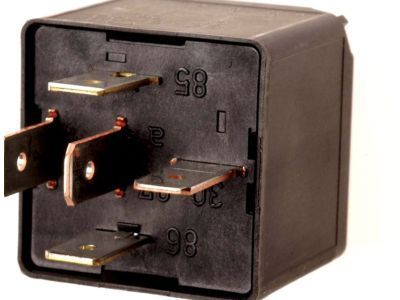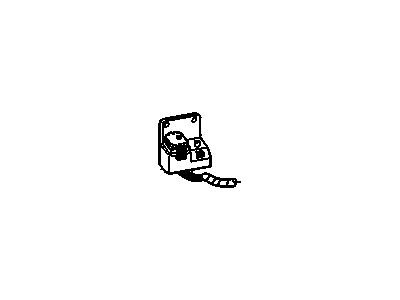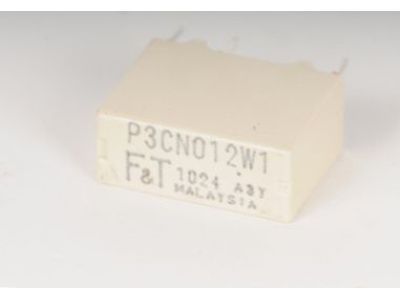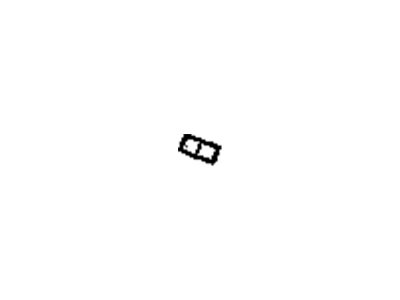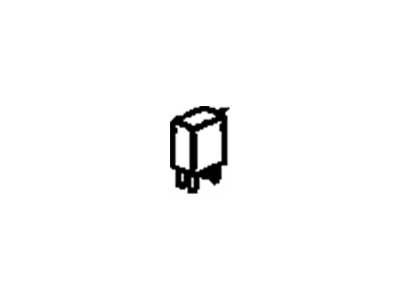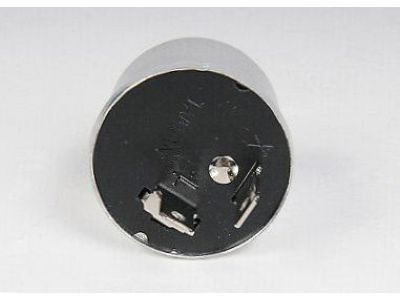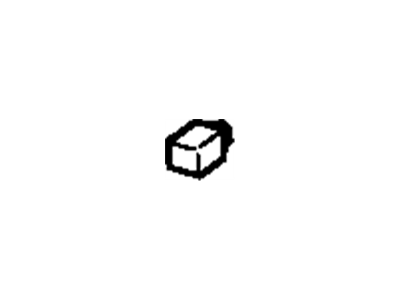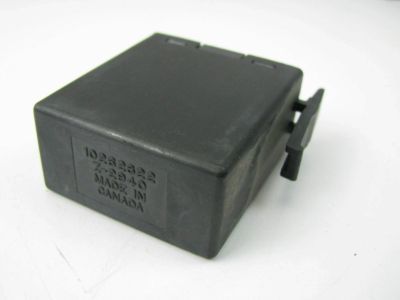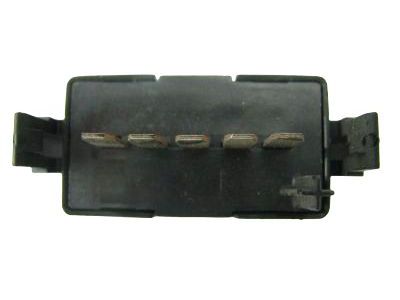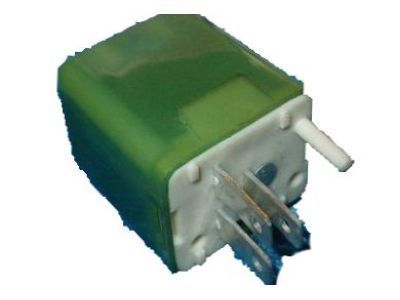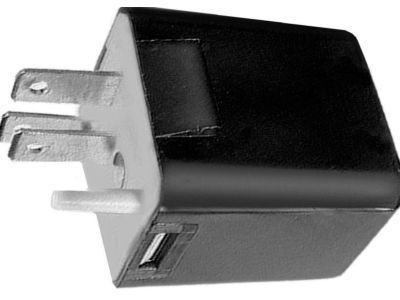
My Garage
My Account
Cart
Genuine Pontiac Grand Prix Relay
Wire Relay- Select Vehicle by Model
- Select Vehicle by VIN
Select Vehicle by Model
orMake
Model
Year
Select Vehicle by VIN
For the most accurate results, select vehicle by your VIN (Vehicle Identification Number).
30 Relays found
Pontiac Grand Prix RELAY ASM,ACSRY TIME DELAY CUTOFF *GRAY
Part Number: 13500114$10.20 MSRP: $20.88You Save: $10.68 (52%)Ships in 1-2 Business DaysPontiac Grand Prix Relay Asm,Multiuse *Gray
Part Number: 13503102$7.77 MSRP: $16.90You Save: $9.13 (55%)Ships in 1-2 Business DaysPontiac Grand Prix RELAY ASM,FAN CONT
Part Number: 13503103$5.19 MSRP: $11.29You Save: $6.10 (55%)Ships in 1-2 Business DaysPontiac Grand Prix Relay Asm,Multiuse
Part Number: 19118886$53.35 MSRP: $115.98You Save: $62.63 (54%)Ships in 1-2 Business DaysPontiac Grand Prix Relay, Instrument Panel Wiring Harness *Black
Part Number: 13502674$18.91 MSRP: $35.67You Save: $16.76 (47%)Ships in 1-2 Business DaysPontiac Grand Prix RELAY ASM,WSW MOT *BLACK
Part Number: 13500126$11.60 MSRP: $21.88You Save: $10.28 (47%)Ships in 1-3 Business DaysPontiac Grand Prix Flasher Assembly, Hazard Lamp & Turn Signal Lamp
Part Number: 12450054$12.23 MSRP: $17.09You Save: $4.86 (29%)Ships in 1-2 Business DaysPontiac Grand Prix Relay, Electronic Brake Control
Part Number: 12088595$6.43 MSRP: $20.00You Save: $13.57 (68%)Ships in 1-2 Business DaysPontiac Grand Prix Relay Asm,Headlamp High Beam *White
Part Number: 19115081$17.82 MSRP: $28.02You Save: $10.20 (37%)Ships in 1-2 Business DaysPontiac Grand Prix Relay Asm,Dr Lock <Use 1C5L8570A>
Part Number: 19119238$58.45 MSRP: $84.73You Save: $26.28 (32%)Ships in 1-2 Business DaysPontiac Grand Prix Flasher,Hazard Lamp
Part Number: 19209674$15.50 MSRP: $25.52You Save: $10.02 (40%)Ships in 1-2 Business DaysPontiac Grand Prix Relay Asm,Glowplug
Part Number: 560580$13.81 MSRP: $45.10You Save: $31.29 (70%)Ships in 1-2 Business DaysPontiac Grand Prix Relay, Electronic Brake Control
Part Number: 12065121$23.04 MSRP: $24.53You Save: $1.49 (7%)Ships in 1-2 Business Days
| Page 1 of 2 |Next >
1-20 of 30 Results
Pontiac Grand Prix Relay
Each OEM Pontiac Grand Prix Relay we offer is competitively priced and comes with the assurance of the manufacturer's warranty for the part. Furthermore, we guarantee the speedy delivery of your orders right to your doorstep. Our hassle-free return policy is also in place for your peace of mind.
Pontiac Grand Prix Relay Parts Questions & Experts Answers
- Q: How do relays transmit electrical signals, and what steps should be taken to test a defective relay on Pontiac Grand Prix?A:Several electrical accessories in the vehicle utilize relays to transmit electrical signals to components, and a defective relay will prevent proper operation of that component. Various relays are grouped in different locations, with some located in the convenience center under the right side of the dashboard behind the sound insulator panel, while later models have this center under the left side of the instrument panel. To test a relay, it's advisable to consult the wiring diagram for the circuit to determine the correct hook-ups; if that's not possible, the following information may assist. Most relays have two terminals for the control circuit, which connect to the relay coil that closes the large contacts when energized, while the other terminals form the power circuit, connected internally when the control circuit is energized. Relays are typically marked to help identify control and power circuit terminals. To test, connect a fused jumper wire between one control circuit terminal and the positive battery terminal, and another jumper wire between the other control circuit terminal and ground; the relay should click upon making these connections. If it doesn't click, polarity may be critical, so swapping the jumper wires on the control circuit terminals may be necessary. With the jumper wires connected, check for continuity between the power circuit terminals as indicated by the relay markings. If the relay fails any of these tests, it should be replaced.
